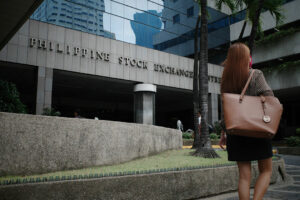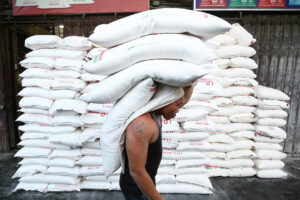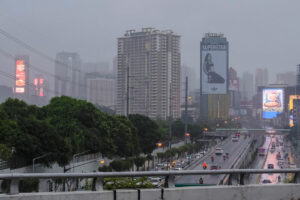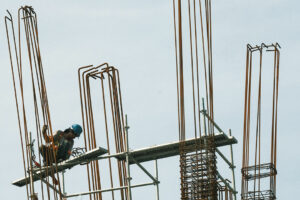The Philippine economy likely cooled in the third quarter as soft government spending, typhoons and corruption scandals weighed on growth momentum, economists said.
However, resilient household spending supported by the central bank’s rate cuts may have helped anchor economic activity, they added.
Philippine gross domestic product (GDP) likely grew by 5.3% in the third quarter, based on a median forecast of 18 economists and analysts polled by BusinessWorld.

This is slower than the 5.5% expansion in the second quarter, but a tad faster than the 5.2% expansion in the July-to-September period of 2024.
If realized, this would bring the average GDP growth to 5.4%, falling short of the government’s 5.5%-6.5% full-year target.
The Philippine Statistics Authority is scheduled to release third-quarter GDP data on Nov. 7.
In a research note, Chinabank Research said that government consumption may have declined due to the timing of disbursements and slower releases for some programs.
“Capital formation was likely weighed down by reduced public infrastructure spending due to the ongoing probe on infrastructure projects,” it said.
HSBC Global Investment Research economist for the Association of Southeast Asian Nations Aris D. Dacanay said that since public construction usually represents 5-6% of GDP, the 20% year-on-year drop in public infrastructure spending in July and August may have cut GDP growth by around one percentage point.
Public spending or government final consumption expenditure accounts for almost 18% of the country’s GDP.
Angelo B. Taningco, vice-president and Research Division head at Security Bank Corp., said sluggish capital formation and weak government spending may have dampened growth in the third quarter.
“[This is] hampered by tepid public infrastructure works tainted by corruption in flood control projects,” he said in an e-mail.
Data from the Bureau of the Treasury also showed the National Government disbursed PHP 1.46 trillion in the third quarter, PHP 141.73 billion less than its PHP 1.6-trillion program for the period. This is mainly due to lower spending by the Department of Public Works and Highways, which is at the center of a corruption scandal involving flood control projects.
Ser Percival K. Peña-Reyes, director of the Ateneo Center for Economic Research and Development, said the corruption scandal involving infrastructure projects was the greatest domestic risk in the third quarter.
“Investor confidence has been shaken. Foreign investors are pulling back…, the scandal has created a toxic mix of political risk, fiscal uncertainty, and social unrest. It threatens our investment-grade rating and undermines our medium-term fiscal framework,” he said in an e-mail.
Mr. Peña-Reyes also noted that in the third quarter, the peso weakened past the PHP 58-per-dollar mark, and the Philippine Stock Exchange index (PSEi) fell below the 6,000 psychological support level, reflecting political instability and capital flight.
Bad weather
Several typhoons may have also dragged economic activity during the period, analysts said.
Bank of the Philippine Islands Lead Economist Emilio S. Neri, Jr. estimated GDP growth at 4.9%, largely due to the series of typhoons and disasters combined with significant decline in infrastructure spending.
In the third quarter, a total of 14 tropical cyclones formed or entered the Philippine Area of Responsibility as reported by the Philippine Atmospheric, Geophysical and Astronomical Services Administration.
According to the National Disaster Risk Reduction and Management Council, Typhoon Bising and the southwest monsoon caused P12 million in infrastructure damage in July. By August, the combined effects of the monsoon and tropical cyclones Crising, Dante, and Emong resulted in over P21 billion in agricultural and infrastructure losses nationwide.
“Furthermore, agricultural output also declined due to the typhoons. This may have also tempered household spending due to limited movement,” Reinielle Matt M. Erece, an economist at Oikonomia Advisory and Research, Inc., said in an e-mail.
The agriculture sector accounts for about a tenth of the country’s GDP and provides about a quarter of all jobs. Third-quarter agricultural output data will be released on Nov. 6.
Household consumption
Maybank Investment Bank economist Azril Rosli said that sustained private consumption continues to anchor economic activity, supported by the Bangko Sentral ng Pilipinas’ (BSP) rate cuts.
“The BSP’s monetary easing cycle, which began in mid-2024, is providing gradual relief to households and businesses, helping to sustain domestic demand momentum,” Mr. Rosli said.
He added that private consumption remains fundamentally sound, underpinned by steady wage growth and a relatively resilient labor market condition.
Household final consumption expenditure, which accounts for 68% of the economy, rose by 5.5% in the second quarter, faster than 4.8% in the same period last year.
The BSP has now slashed borrowing costs by a cumulative 175 basis points since it began its rate cut cycle in August 2024. This brought the policy rate to 4.75%, the lowest in over three years.
BSP Governor Eli M. Remolona, Jr. also signaled another rate cut is on the table at its next policy meeting in December.
Meanwhile, Moody’s Analytics economist Sarah Tan expects the economy to grow by 5.9%, faster than 5.5% in the previous quarter.
“The improvement reflects stronger household spending as monetary policy easing feeds through to lower borrowing costs and improved credit conditions,” she said in an e-mail.
She added that “softer inflation has improved households’ purchasing power and given the central bank space to maintain an accommodative stance.”
In September, inflation quickened to a six-month high of 1.7% in September from 1.5% in August. In the nine-month period, inflation averaged 1.7%, lower than the 3.4% in the same period in 2024.
For Nicholas Antonio T. Mapa, chief economist at the Metropolitan Bank & Trust Co., household consumption will likely deliver a sizable contribution to growth although the pace of expansion may be similar to the previous quarter.
“Despite slower inflation; price levels remain elevated while households rely more on credit,” he said in a Viber message.
Chinabank Research noted that household consumption remained the key driver of GDP growth, supported by low inflation.
“Additionally, the trade deficit narrowed during the quarter, helped by front-loading by US importers early in the period and resilient demand for semiconductors,” it added.
Moody Analytics’ Ms. Tan also noted that on the external side, exports have held up relatively well through July and August, which should support overall trade performance in the third quarter.
However, Mr. Erece said export growth may have slowed as front-loading tapered off with the 19% US tariff on Philippine goods taking effect on Aug. 7.
Outlook
Meanwhile, economists expect Philippine GDP growth to accelerate in the remaining months of 2025.
“We expect growth to average 5.6% for the full year of 2025, settling within the government’s revised growth target range of 5.5% to 6.5%,” Moody’s Analytics’ Ms. Tan said.
She added that monetary easing, a strong labor market, and steady remittances will help sustain growth.
“These factors will sustain consumption, while external trade, on average across the year, should continue to contribute positively despite a softer global backdrop,” she said.
Ruben Carlo O. Asuncion, chief economist at Union Bank of the Philippines, said that modest improvement is expected in the fourth quarter as fiscal spending catches up and monetary easing gains traction.
For Miguel Chanco, chief emerging Asia economist at Pantheon Macroeconomics, “there should be something of a bounce in the fourth quarter.”
“For the most part, we’re sticking to our below-consensus view that 2025 full-year growth will come in at 5.3%, well below the government’s aspirations.”
Mr. Erece said that apart from tighter public spending, the recent corruption scandal may have negatively affected foreign investments, given its impact on trust.
Still, he expects holiday spending to drive fourth-quarter GDP growth.
“However, global trade jitters and public spending scrutiny may continue to drag down growth,” he said.
Maybank’s Mr. Rosli said he expects growth to remain solid at 5.5-5.9% in the fourth quarter, driven by year-end spending from both the government and private sector. The full impact of BSP’s monetary easing is also likely to support consumption and revive investment.
“Overall, our full-year 2025 GDP forecast of 5.6% represents solid and sustainable growth, underpinned by the economy’s fundamental strengths,” Mr. Rosli said. — Heather Caitlin P. Mañago



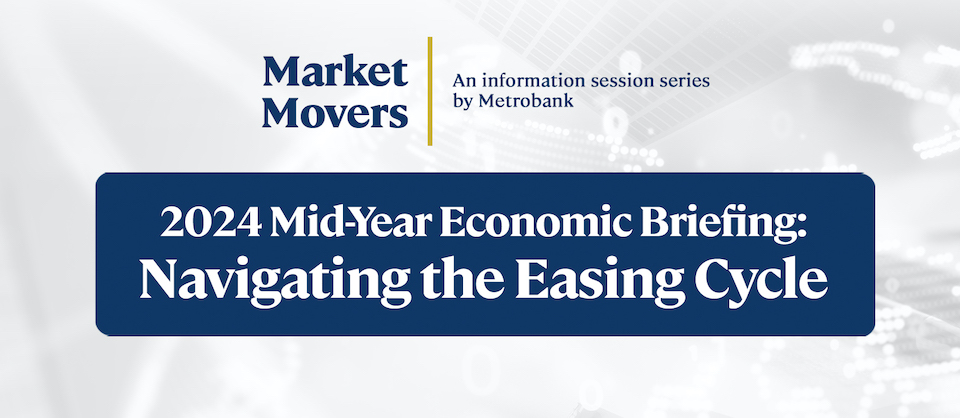


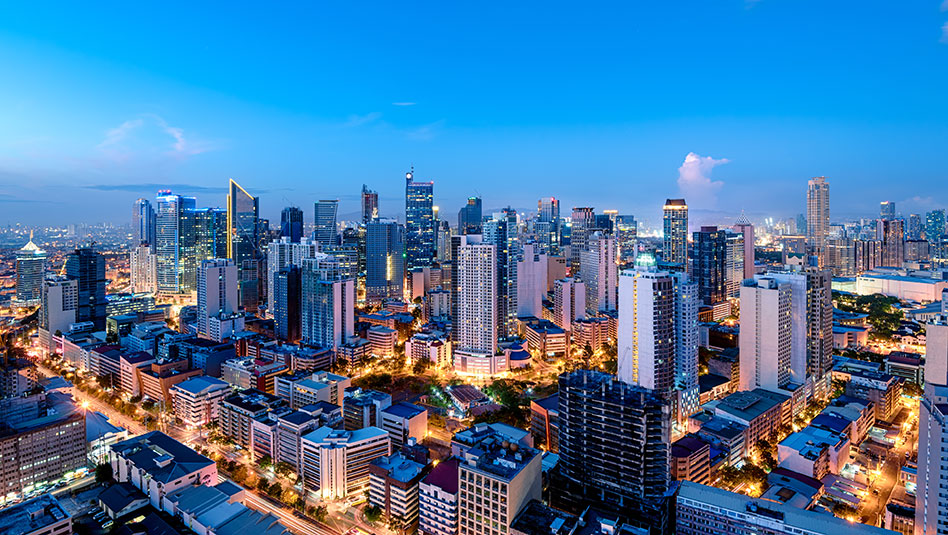
 DOWNLOAD
DOWNLOAD




